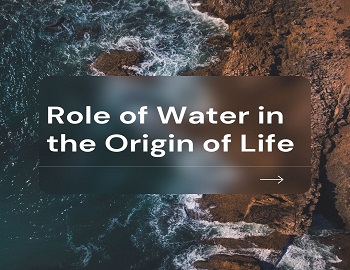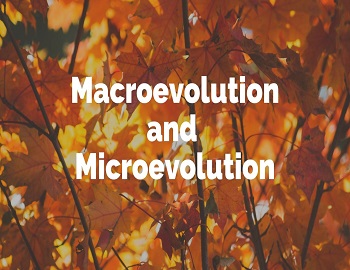Table of Contents
Lymphatic System:
It is an accessory system of fluid circulation in which tissue fluid collected from interstitial spaces is passed into the blood. It consists of lymph, lymph capillaries, lymph vessels and lymph nodes.
Lymph:
The lymph is colourless mobile fluid connective tissue. It consists of two parts i.e. a fluid matrix the plasma and floating amoeboid WBC or leucocytes inside it. The lymph is a part of tissue fluid, which in turn, is a part of blood plasma. The tissue fluid that enters the lymph vessels is known as lymph. So, the composition of tissue fluid and lymph is the same as that of blood plasma, but these have less protein content as compared to blood plasma. Lymph also contains less nutrients and O2 but more CO2 and other metabolic wastes as compared to blood plasma.

Lymphatic Capillaries:
They are very fine irregular vessels having blind origin in the tissue fluid. Capillaries are branched. Branch ends are often swollen into knobs. The capillaries are lined by a single layer of endothelial cells. The basement membrane is absent. Endothelial cells contain actin-myosin. The cells are attached to nearby connective tissue through anchoring filaments. The junction between adjacent endothelial cells is few. Instead, the edge of one endothelial cell overlaps the edge of an adjacent cell. The overlapping flaps can be pulled to create minute pores for the passage of macromolecules and microbes. Pores or flaps open in response to increases in pressure in the tissue fluid due to filtration of plasma from blood capillaries.
Lymph vessels:
The lymphatic capillaries join to form the lymphatic vessels. The lymphatic vessels resemble the veins in structure but have thinner and more number of valves. The smaller lymphatic vessels unite to form larger vessels, which in turn unite to form two main lymphatic vessels or trunks called lymphatic ducts.
There are two main lymphatic ducts i.e the thoracic duct and right lymphatic duct. The lymphatic vessels of left side unite to form a thoracic duct. This duct begins at receptaculum chyli, which is a sac-like dilation present in front of 1st and 2nd lumbar vertebrae. The thoracic duct has many valves and releases the lymph into left subclavian vein. The right lymphatic duct receives lymph from the right side of head, neck, thorax and right arm. It opens into right subclavian vein.
Lymph Nodes:
They are oval or kidney-shaped swellings that occur at many places along the path of lymph vessels. A normal adult has 400-450 lymph nodes. These mainly lie in the neck, axilla, thorax, abdomen and groin. Lymph nodes are maximum in armpit and groin. Each lymph node is made up of reticular tissue covered from outside by a covering called a capsule made up of fibrous tissue. A lymph node contains a slight depression on one side called the hilum, from where a vein and efferent lymphatic vessel leave the node. At the hilum site, there also enters an artery into the node. Many afferent lymphatic vessels enter the node from its convex side.
The extensions of outer covering capsule into the lymph nodes are called trabeculae. The lymph node is filled up with reticular connective tissue called parenchyma. The parenchyma of a lymph node is made up of two regions i.e. the outer cortex and the medulla. The outer cortex contains densely packed lymphocytes arranged in masses called lymph nodules. The nodules often contain lighter staining central area where lymphocytes are produced. This inner region of the lymph node is called the medulla. In this part, the lymphocytes are arranged in strands called medullary cords. The cells of lymph nodes are lymphocytes, plasma cells, fibroblasts and macrophages. The lymph from afferent lymphatic vessels enters the cortical sinus under the capsule. From here it circulates to medullary sinuses. From these sinuses, the lymph moves into a single efferent lymphatic vessel. An artery enters a lymph node at the hilum and a vein comes out of it.
The function of the lymph node is to produce B lymphocytes and T lymphocytes. The macrophages of lymph nodes remove bacteria, foreign material and cell debris from the lymph. B and T cells destroy the disease-causing agents.
Functions of Lymph or Lymphatic System:
- It supplies absorbed fats from the intestine to the venous blood in the form of chylomicron droplets.
- It transfers nutrients from the blood to the tissues and collects waste materials from the tissues and pour them back into the blood.
- Lymphocytes are processed by lymph nodes and other lymphatic structures. The same is then passed by lymph into the blood.
- It serves to return the excess tissue fluid and metabolites to the blood.
- It returns plasma protein macromolecules to the blood from the tissue spaces.
- Excess water absorbed from the digestive tract is picked up by lymph for slow release into the blood. This allows the kidneys to work smoothly.
- Pathogens and other foreign particles easily pass into lymph due to higher permeability of lymph capillaries. They are taken to the lymph node for destruction.









Comments (No)